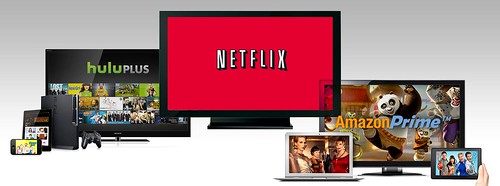The Black Mirror team have handed Netflix a major win with interactive movie ‘Bandersnatch.’
Netflix has dabbled with interactive titles before, but only for kids. This outing is definitively all-grown-up with drugs, madness and violence.
As summarized on SYFYwire:
“To experience the film, viewers begin watching it like any other program or movie. But as Bandersnatch moves along, a series of choices appear on the screen, roughly every few minutes or so. Using a remote control, console controller, or keyboard, viewers make the decisions for the story’s protagonist, sending the narrative off in any number of new directions.”
Over five hours of completed scenes were shot.
“The branching narratives have been developed through a new Netflix software called Branch Manager, which can also allow viewers to exit and start all over again if they choose. The project is supported on most TVs, game consoles and either Android or iOS devices as long as they’re running the latest version of Netflix.”
How complex is the story map? See this picture or this summary. Warning: contains spoilers.
My take: I love this! The theme of who’s in control is perfect for an interactive movie about a programmer programming an interactive video game. The fact that the movie has been gamified (as the various endings have different point ratings) is hard to miss. Makes my first interactive musings look simple in comparison. I would love to make a Netflix Interactive Movie!






